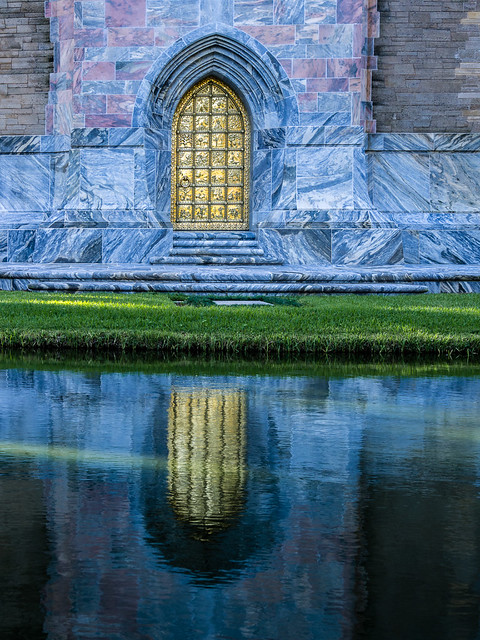Yuck – the time changed again. Sunrise is an hour earlier than it used to be. An hour earlier than it’s supposed to be – for normal people anyway. I guess that’s so crazy, get up too early photographers can make images other people can’t.
I was pretty tired on Friday night and really didn’t feel like getting out of bed, but get up I did (at 0430!) and drove over to meet Kevin M. at the Merritt Island National Wildlife Refuge. We ended up at a bend in East Gator Creek road where the low tide had uncovered a tree stump. Muddy tripod legs in the dark are awesome!

Low tide, before dawn – Looking east from East Gator Creek Road in Merritt Island National Wildlife Refuge, Titusville, Florida
Except for the early sunrise, this is a wonderful time of year to visit MINWR. There are lots of birds around, including many winter visitors and if you’re lucky you can see other wildlife too.

Sunlight glints off water drops in a dolphin’s breath
After sunrise, we drove through Black Point Wildlife Drive and then went by the Visitor Center. In addition to the Dolphin, we saw a River Otter, White pelicans, Roseate Spoonbills, many Palm Warblers, Ospreys, European Starlings, Willets, Green Wing Teals, Northern Shovelers, Bald Eagles on the nest platform near the rest area, a Grey Catbird, a flock of American Avocets, Terns, Gulls, Great Blue Herons, Reddish Egrets, Ibis, Great Egrets, Snowy Egrets, Tri-colored Herons, Little Blue Herons, Red-winged Blackbirds, many Belted Kingfishers, Wood Storks, Cormorants, Anhingas, Coots, Pie-billed Grebes, Black Vultures, a Ruby Throated Hummingbird at the Visitor Center, and several other species too. The birds are definitely back!

Palm Warbler on matching flowers.
We had good light early, but a lot of clouds moved in later, which made for some nice IR photos. I had to leave early and get home to help with errands, but Kevin M. had an “all day kitchen pass”, so he stayed and visited several other places at the refuge. He photographed a Scissor Tailed Flycatcher, that’s been hanging around about 3/4 of a mile from the gravel lot on Shiloh Marsh Rd. as well as a Florida Scrub Jay.
All in all, a great day for photography! You can see larger versions of these photos on Flickr by clicking on them. And I have more photos from MINWR in this set and BPWD in this set.
Thanks for stopping by and reading my blog. Now – go make some photos!
©2012, Ed Rosack. All rights reserved.




























